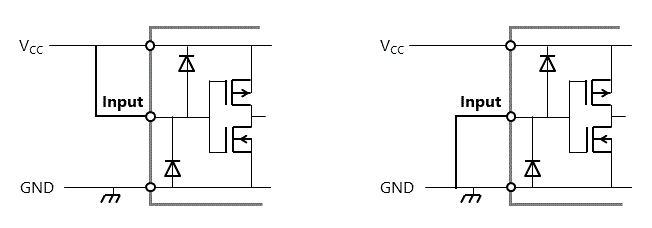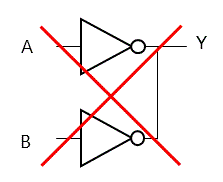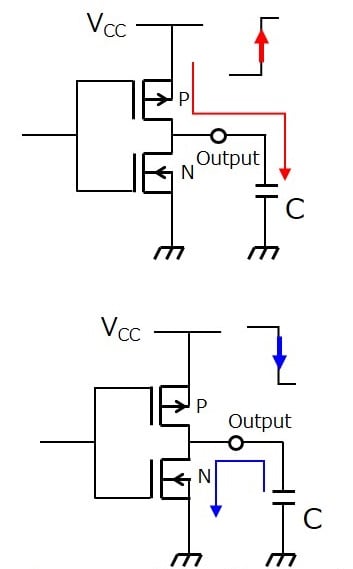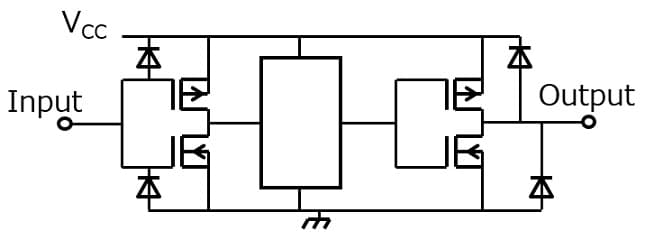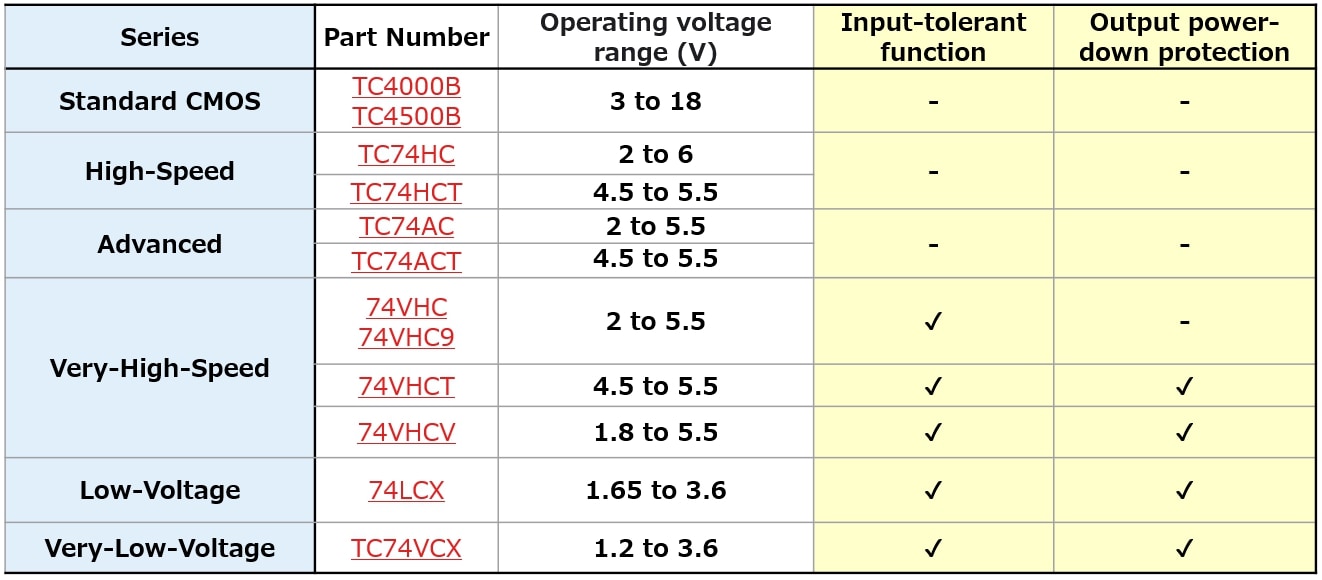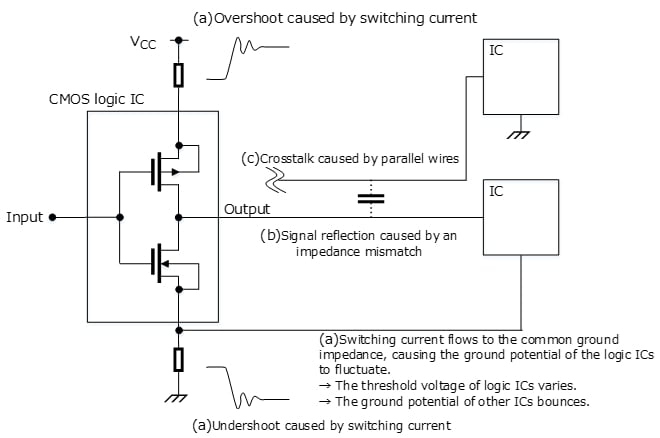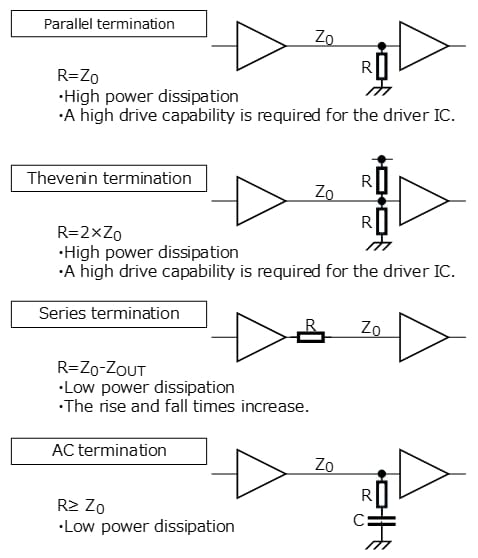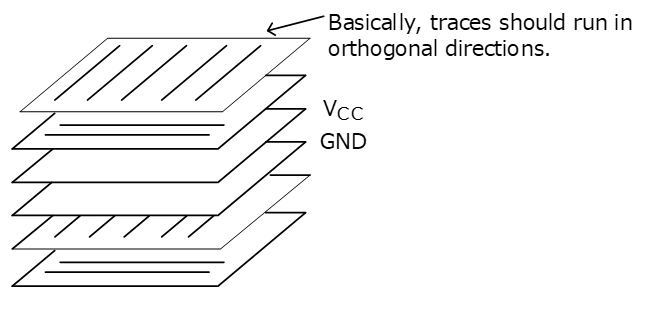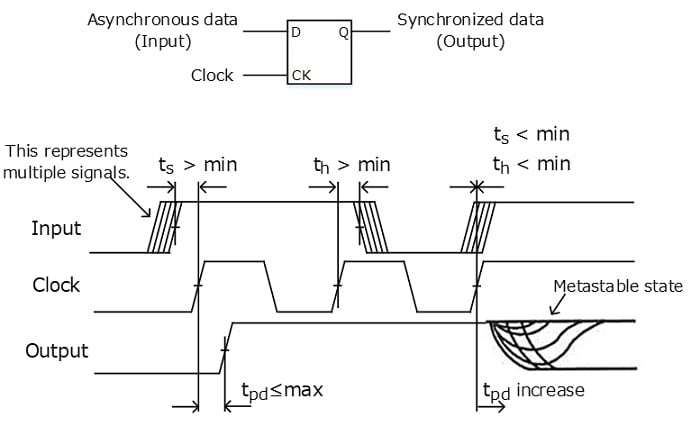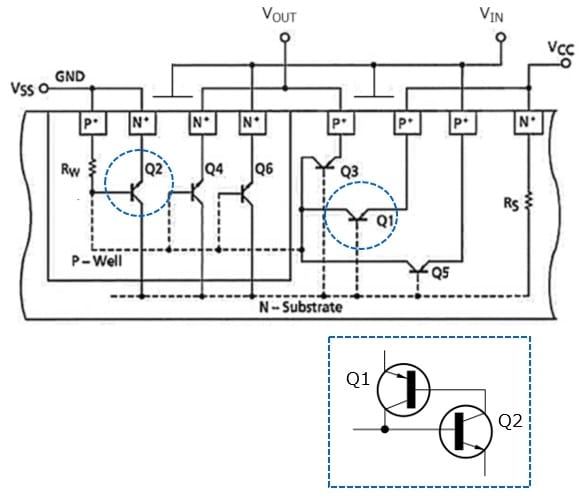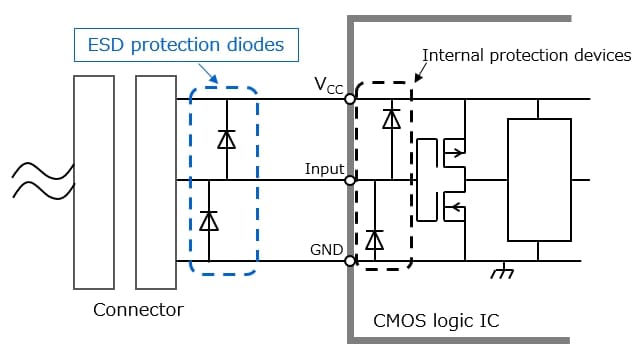- 半導體首頁
-
應用Automotive
Body Electronics
xEV
In-Vehicle Infotainment
Advanced Driver-Assistance Systems (ADAS)
Chassis
IndustrialInfrastructure
BEMS/HEMS
Factory Automation
Commercial Equipment
Consumer/PersonalIoT Equipment
Healthcare
Wearable Device
Mobile
Computer Peripherals
-
產品車用元件
Discrete Semiconductor
Diodes
電晶體
通用邏輯IC
Analog Devices
Digital Devices
Wireless Devices
※
: Products list (parametric search)
功率半導體※
: Products list (parametric search)
隔離器/固態繼電器Photocouplers
Digital Isolators
※
: Products list (parametric search)
MOSFETsIGBTs/IEGTs雙極性電晶體※
: Products list (parametric search)
Diodes※
: Products list (parametric search)
微控制器馬達驅動 ICs智能功率 ICs※
: Products list (parametric search)
電源管理 ICs線性 ICs※
: Products list (parametric search)
通用邏輯 ICs線性影像感測器其他產品其他產品
※
: Products list (parametric search)
-
開發/設計支援
開發 / 設計支援
-
技術知識
- 購買管道
- 型號 & 關鍵字搜尋
- 交叉搜尋
- 參數搜尋
- 線上庫存查詢跟購買
This webpage doesn't work with Internet Explorer. Please use the latest version of Google Chrome, Microsoft Edge, Mozilla Firefox or Safari.
型號需要超過三個文字以上 Search for multiple part numbers fromhere.
The information presented in this cross reference is based on TOSHIBA's selection criteria and should be treated as a suggestion only. Please carefully review the latest versions of all relevant information on the TOSHIBA products, including without limitation data sheets and validate all operating parameters of the TOSHIBA products to ensure that the suggested TOSHIBA products are truly compatible with your design and application.Please note that this cross reference is based on TOSHIBA's estimate of compatibility with other manufacturers' products, based on other manufacturers' published data, at the time the data was collected.TOSHIBA is not responsible for any incorrect or incomplete information. Information is subject to change at any time without notice.
型號需要超過三個文字以上
Countermeasures for Reducing Switching Noise
The MOSFETs in a CMOS logic IC make switching transitions while charging and discharging internal and external load capacitances. The trace impedance during switching can be regarded as an LCR circuit. Since the switching current (i) flows through inductance (L), a spike voltage (=L(di/dt)) appears on the VCC and GND lines of the CMOS logic IC. This noise is called switching noise.
Multiple simultaneously switching outputs draw a large charge/discharge current and therefore cause a large switching noise (called simultaneous switching noise). The following lists the measures for the reduction of switching noise.

Countermeasures to reduce switching noise:
(1) Increase the width and reduce the length of VCC and GND lines to reduce their inductance.
(2) Place a bypass capacitor between and as close as possible to the VCC and GND pins of the CMOS logic IC (See below figure).
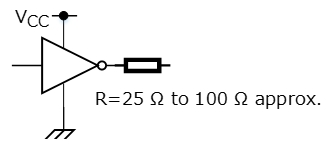
(3) Exercise care as to clock and reset signals. Unused inputs of gates such as drivers should be connected to either VCC or GND. Connect a low-pass filter to the output of used gates to remove noise.
(4) Select low-noise ICs.
(5) Add a damping resistor to the output of used gates (See below figure). It is necessary to adjust the value of the damping resistor by checking the output waveform.

* Toshiba provides CMOS ICs with an internal damping resistor (See below figure), which help reduce not only switching noise but also parts count.
CMOS邏輯IC的使用注意事項
Products
Related information
- Application Notes
- FAQ


